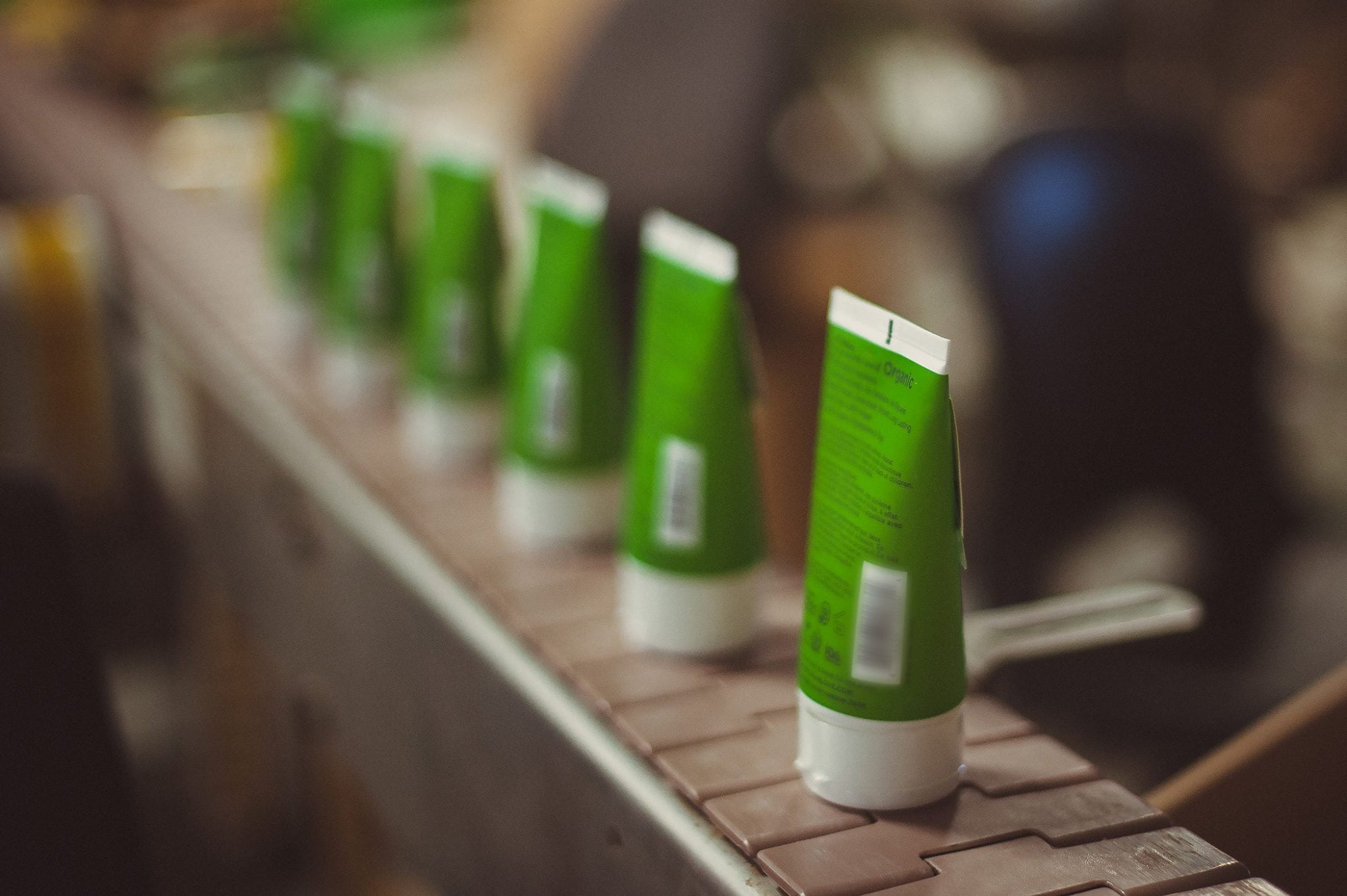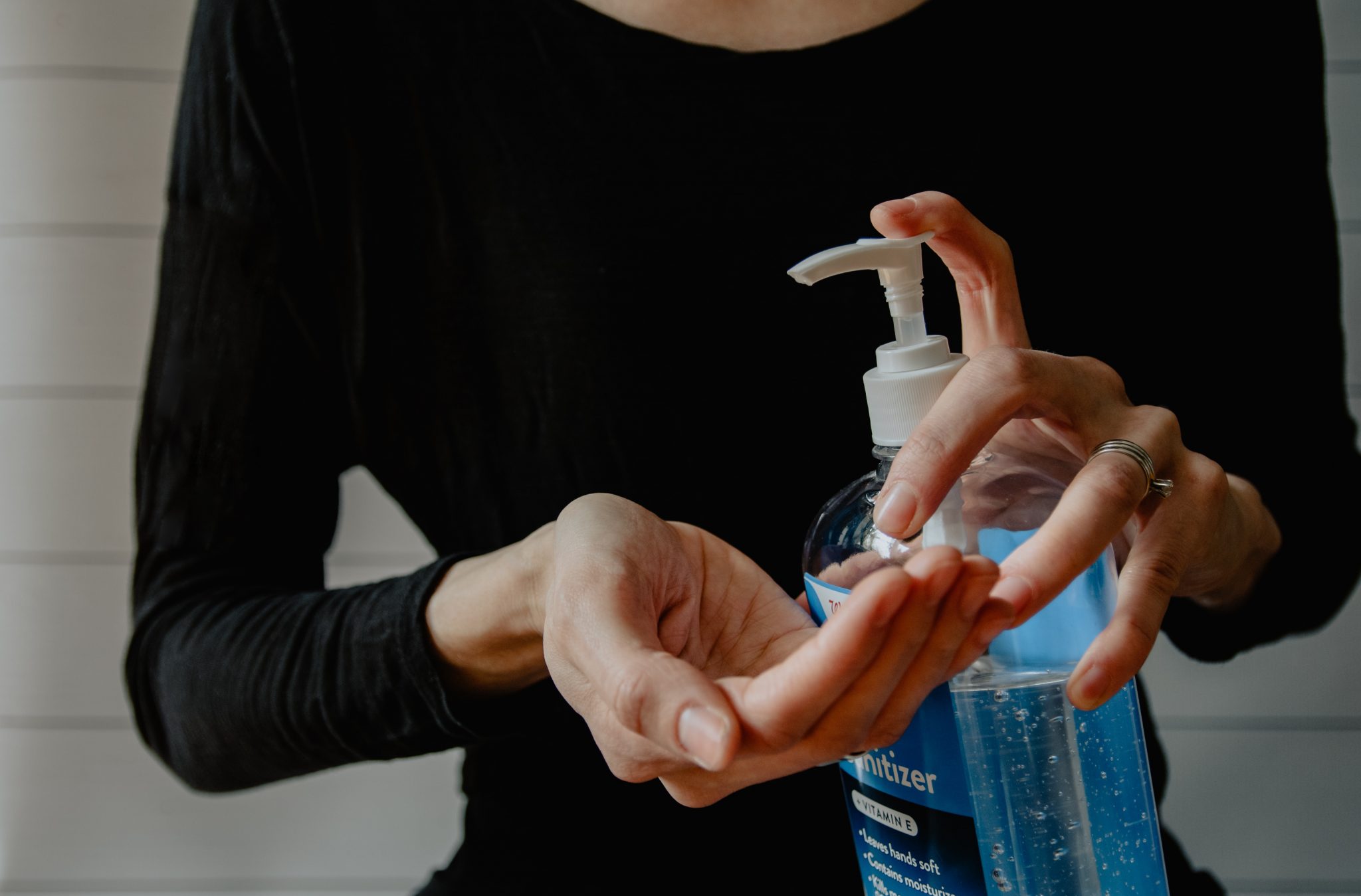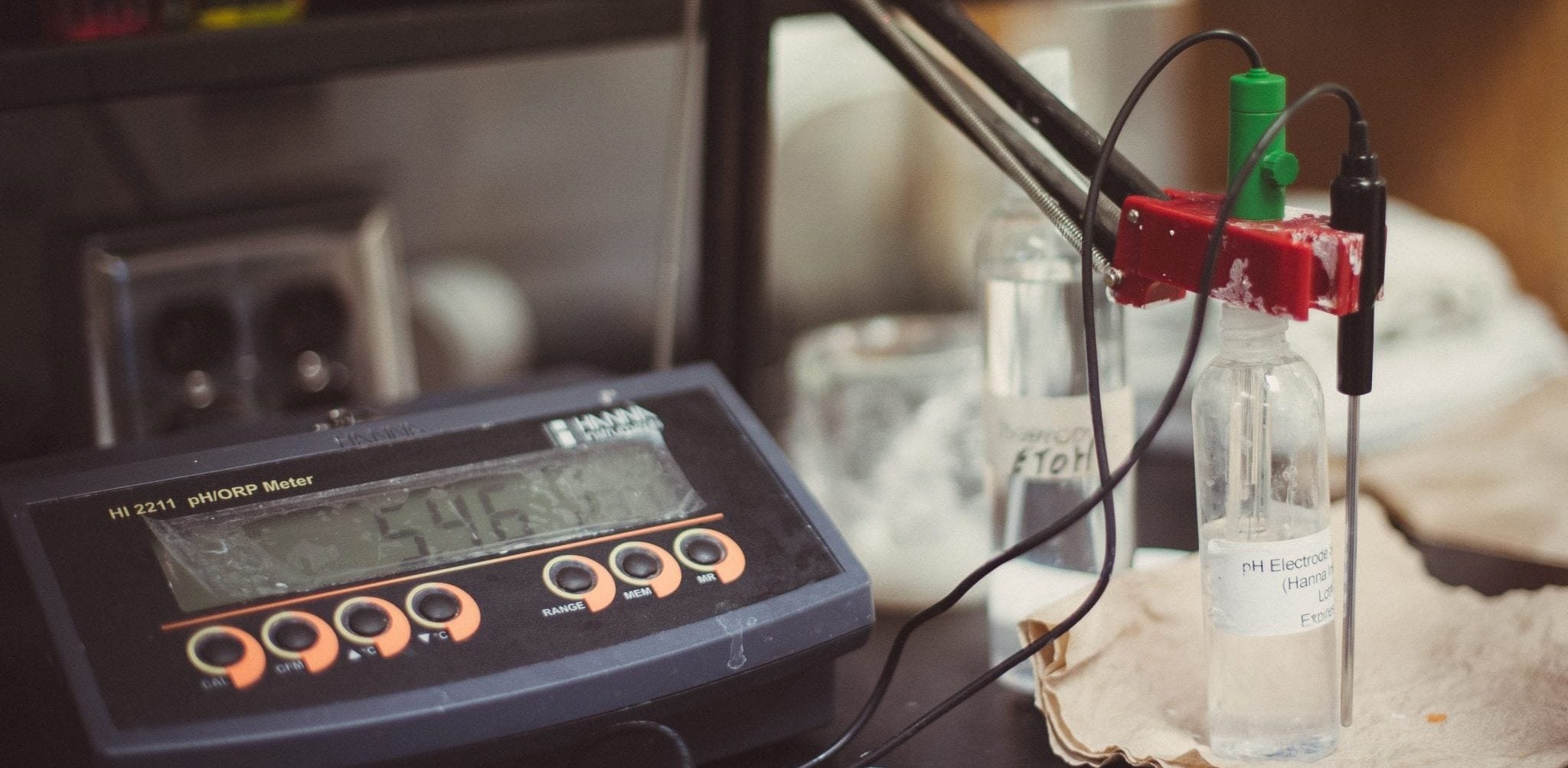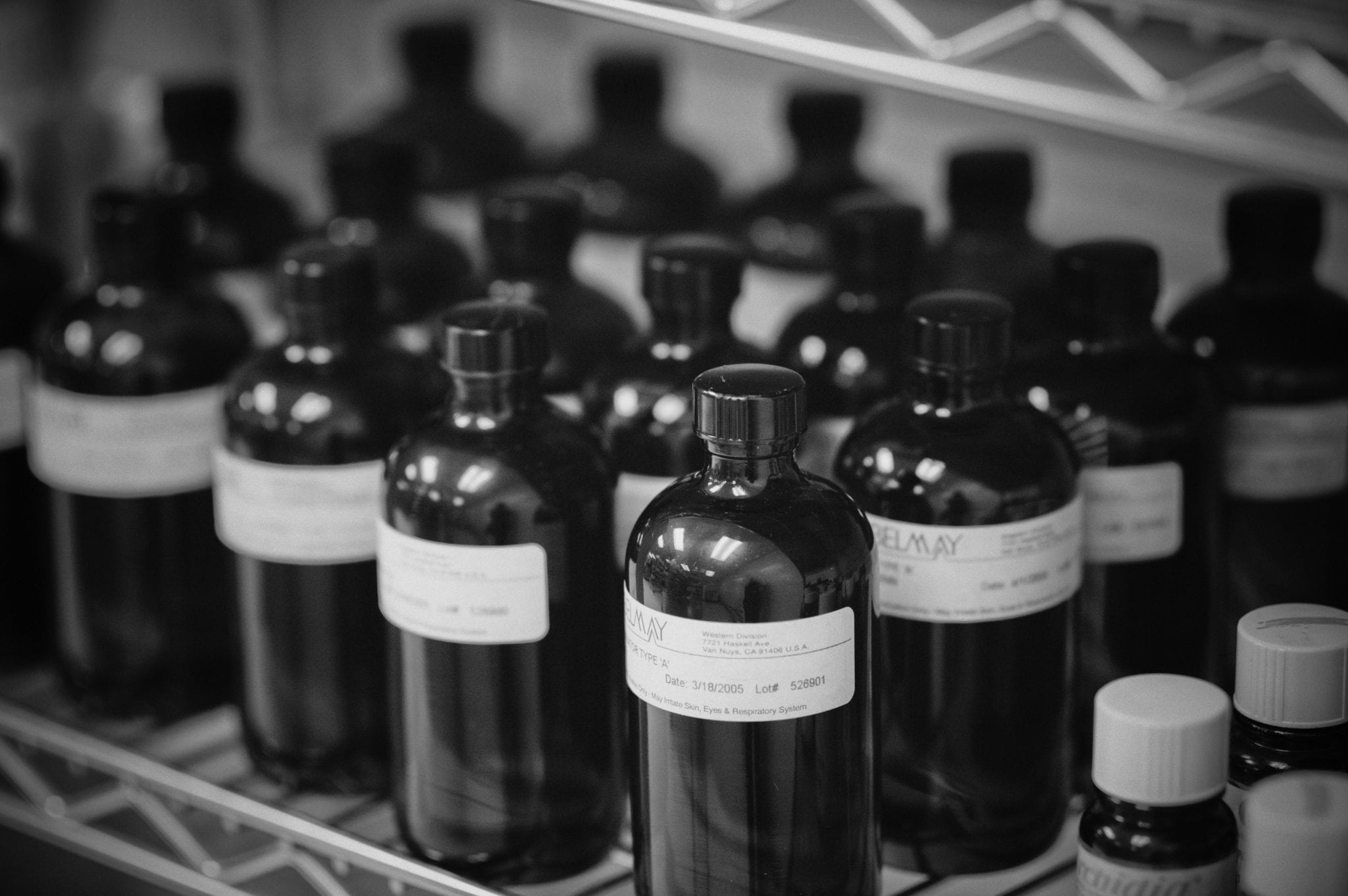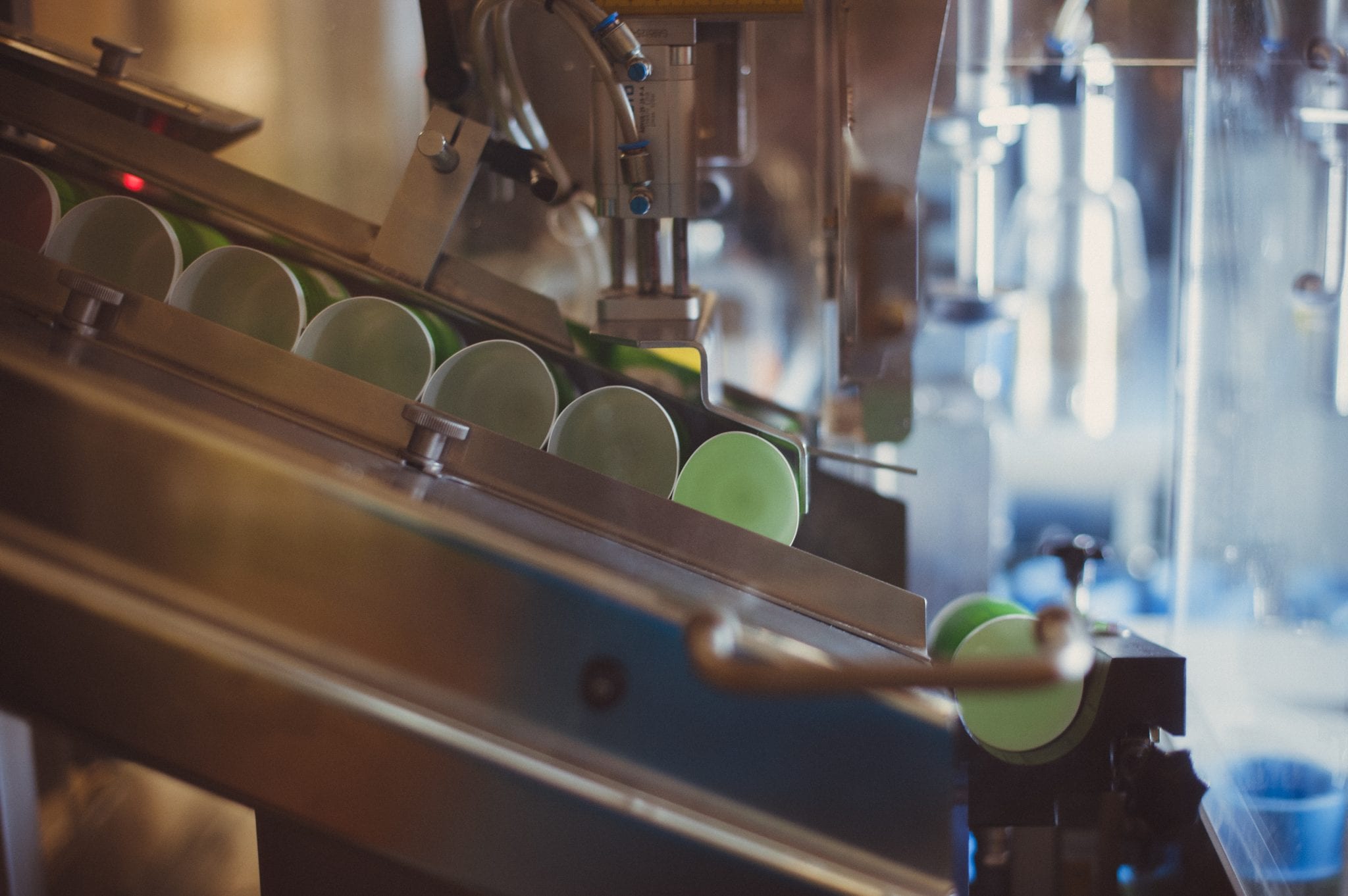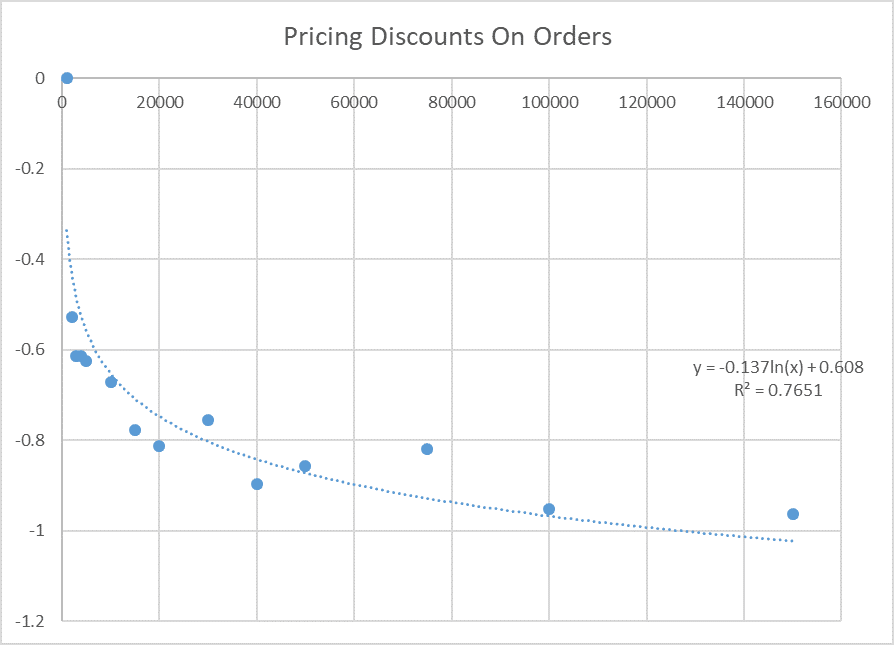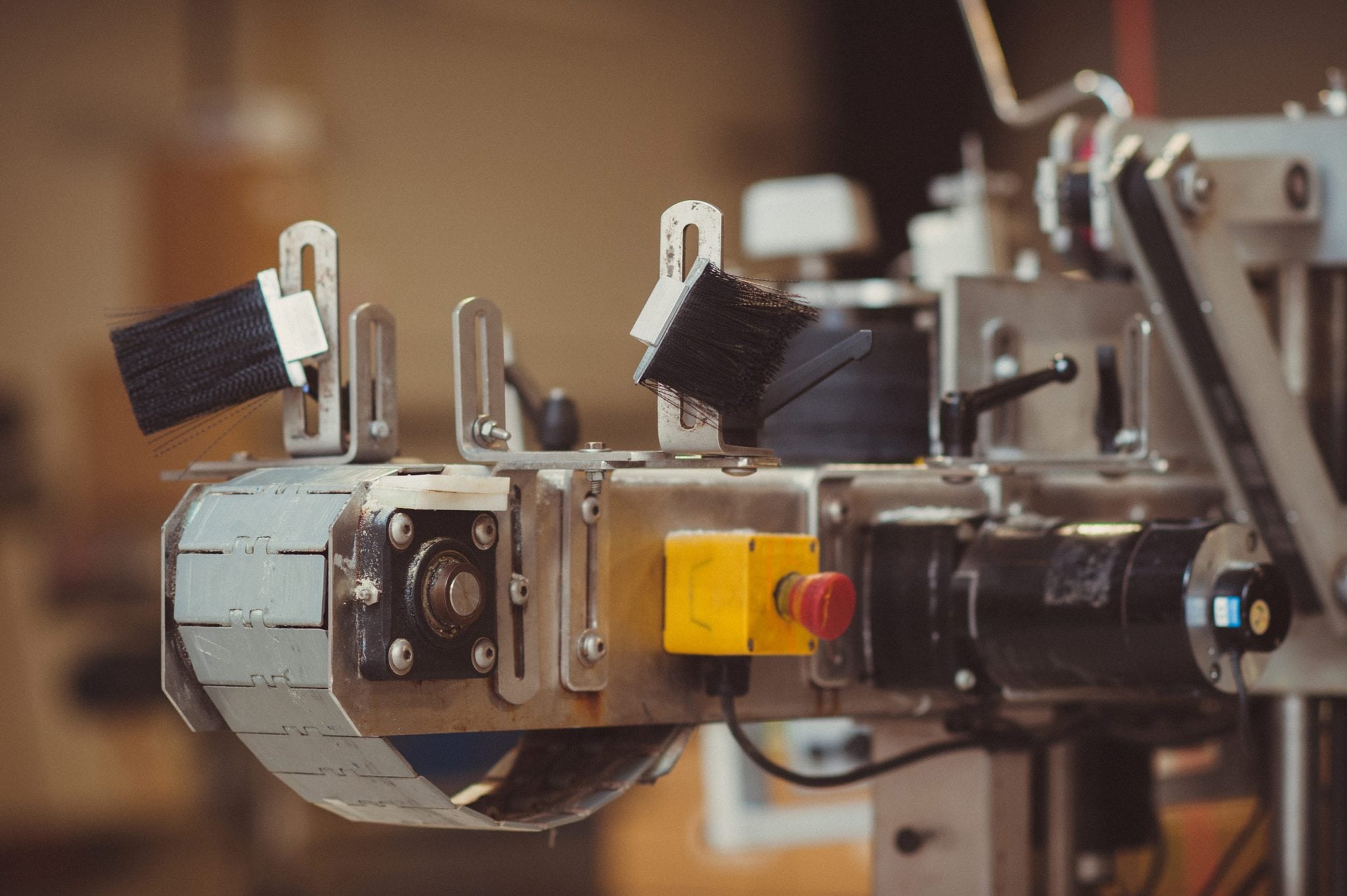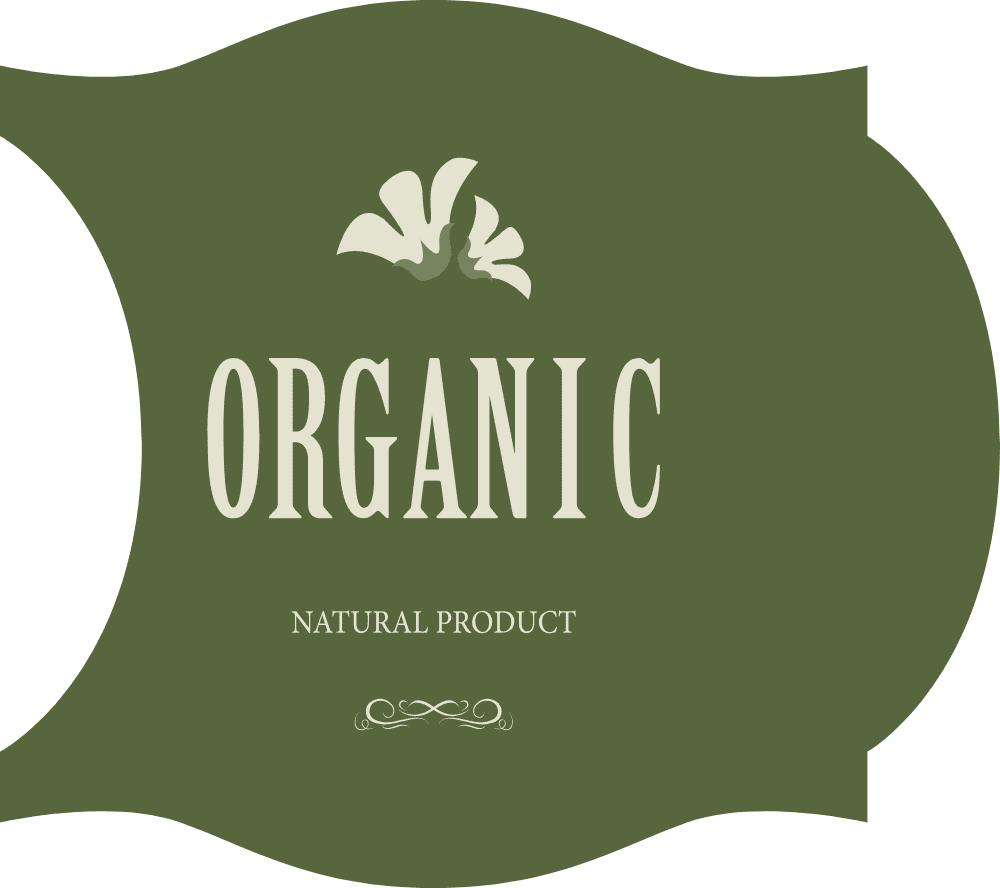Tubes are a ready, domestic, and continuous source of packaging that could be ideal for your hand sanitizer. Sources...
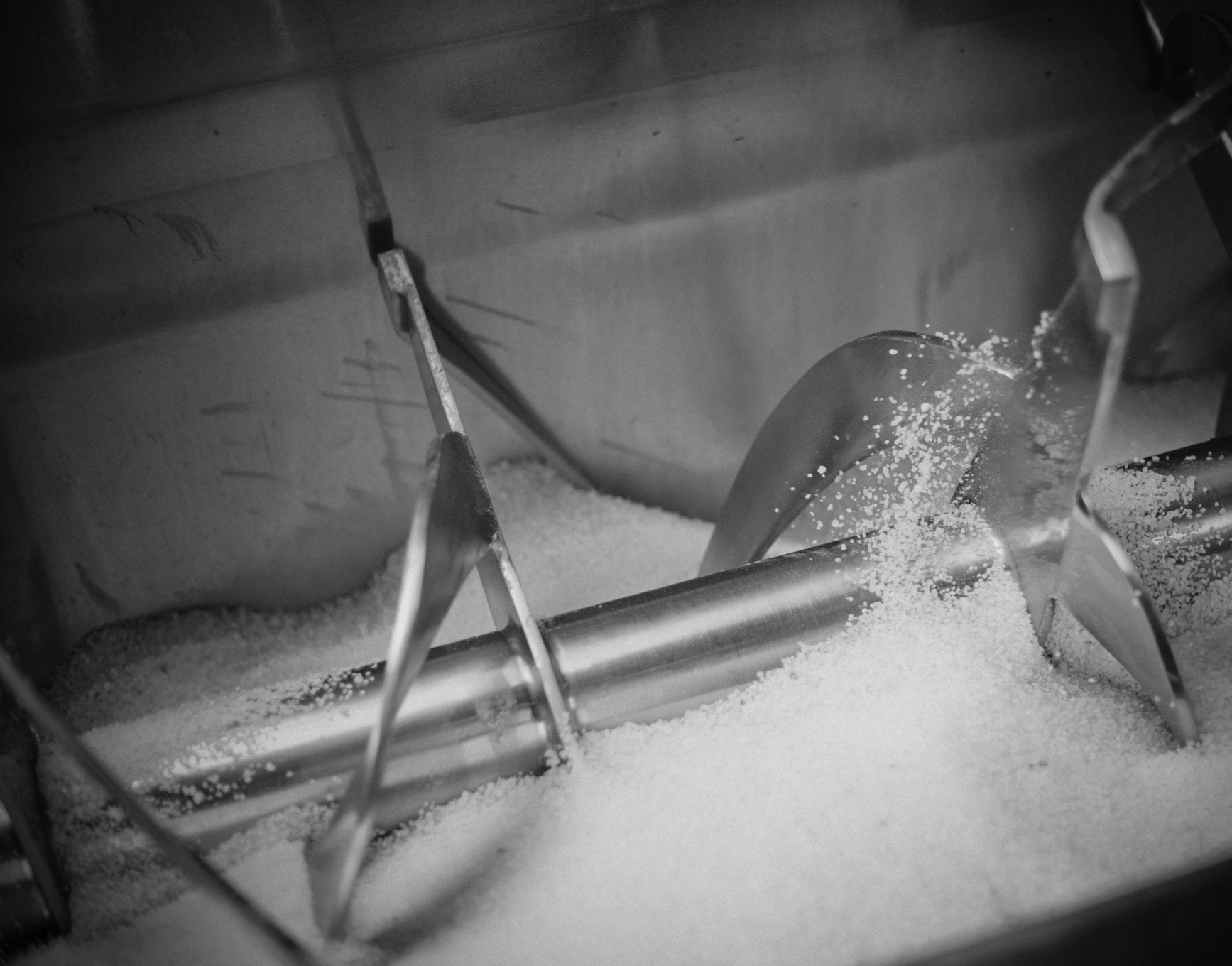
Your Minimum Order for Personal Care Products
What you will learn about MOQ’s
Most private label manufacturers have a minimum order quantity, typically abbreviated to MOQ, and BPI Labs is no different. A private label manufacturer’s MOQ is the smallest order size for a particular product they are willing to produce.
Info in this post:
- Our MOQ for powders and salts
- Our MOQ for wet product
- A calculator to find out your MOQ
BPI LABS’ TWO TYPES OF MOQ
BPI Labs splits its minimum order quantity into two categories: wet and dry product.
Wet Product
Wet product is a category used for product we mix in a tank and pump into a transport vessel for filling. Wet can be anything from a thick, viscous material to a water-based serum. BPI Labs has an MOQ of 110 gallons for wet product because BPI Labs’ smallest stirring tank cannot reliably mix materials at anything less than 110 gallons. There is an exception for near total oil products. A nearly 100% oil based product could be produced in as little as 55 gallons. If you’re wondering how many bottles or containers of product our MOQ will fill, then use the calculator below to find out.
Dry Product
Dry product at BPI Labs includes powders and salts. Bath salts, effervescent powders, and dry shampoo are all products that fit into this category. Our ribbon blending machines are used to create these products and they cannot be relied on to mix less than 1000 lbs. effectively. If you want to know how many containers of product 1000 lbs. will fill, then use our calculator below to find out.
MOQ Calculator
To use the calculator, just provide it with an order size, a container size, and indicate whether you’re ordering wet or dry product. After that, it’ll tell you how many units you would need to purchase to meet our MOQ.
You can find our MOQ Calculator at our Process Guide page linked here.
Conclusion
BPI Labs uses its MOQ to ensure processing quality and if you can meet it, then scaling into higher volumes is very efficient at BPI Labs. Setup a meeting with a project manager at BPI Labs to discuss whether or not BPI Labs is the right manufacturer for you.
Our Blogs
You Need Hand Sanitizer in Tubes
New Cosmetic: Hand Sanitizer Expansion 2020
Update - Mass Hand Sanitizer Now Available Mass Hand Sanitizer is available now for bulk and packaged filled product. ...
Your Lead Times for Personal Care Products
Introduction BPI Labs has created lead times for the compounding and the filling of personal care product that will...
